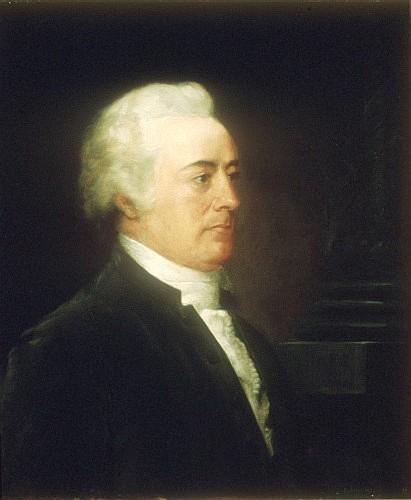John Rutledge, born in Charleston, South Carolina on September 17, 1739, is considered to be an American Founding Father. He served as one of the original associate justices of the Supreme Court and the second chief justice of the United States. Additionally, he served as the first president of South Carolina and later as its first governor after the Declaration of Independence was signed.
Rutledge went to London to study law, returning after three years to practice in the colonies. Oyez reports that his talent as a public speaker and the prestigious reputation of his family contributed to his early success as an attorney. The British governor appointed him as South Carolina’s attorney general, which added to Rutledge’s influence, both at home and with the British government. He was in favor of reconciliation with Britain up until the British Navy invaded and captured Charleston in 1780.
Initially George Washington considered choosing Rutledge for the first Chief Justice of the US Supreme Court, but passed him by for John Jay. Instead, he appointed him as senior associate justice, a role Rutledge began serving on this day in history.
In 1795, upon hearing word that John Jay was retiring, Rutledge wrote to Washington, offering himself for the position. Washington accepted, and Rutledge served as the interim Chief Justice, pending approval by the Senate. John Jay, meanwhile, was charged with writing a treaty that resolved new tension between the US and England. A copy of the treaty leaked to the papers, and many colonial leaders were outraged at its perceived submissive tone. Rutledge was asked to speak publicly about his opinions on this treaty, and he went so far as to say “dearly as [I] love Washington, [I] would rather see him dead than to see him sign the Treaty.”
This statement pretty much was the death knell for Rutledge’s approval by the Senate, and his appointment was not confirmed. Upon hearing news of the Senate’s rejection, Rutledge threw himself into the bay. His attempt at suicide failed when two slaves saw him drowning and saved him. He died in July of 1800 and was buried in the graveyard next to the place he gave the speech that ended his career.





Leave a comment